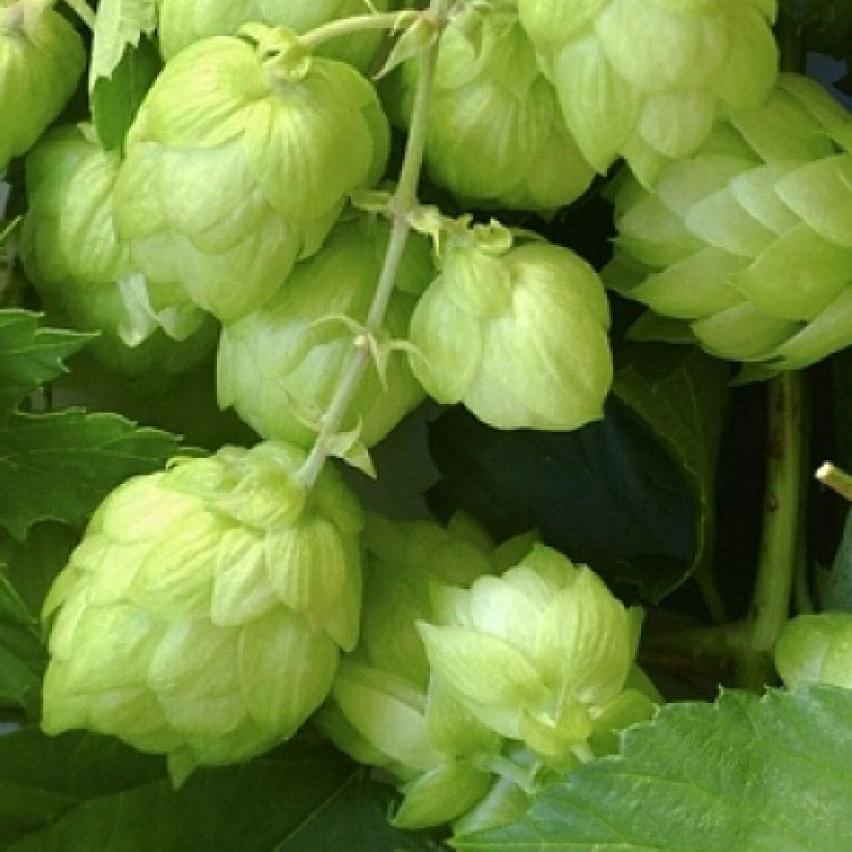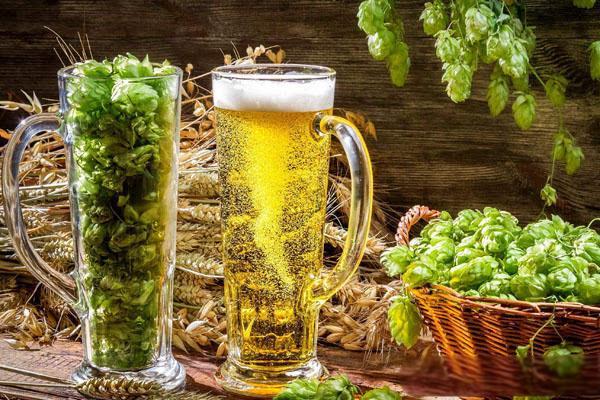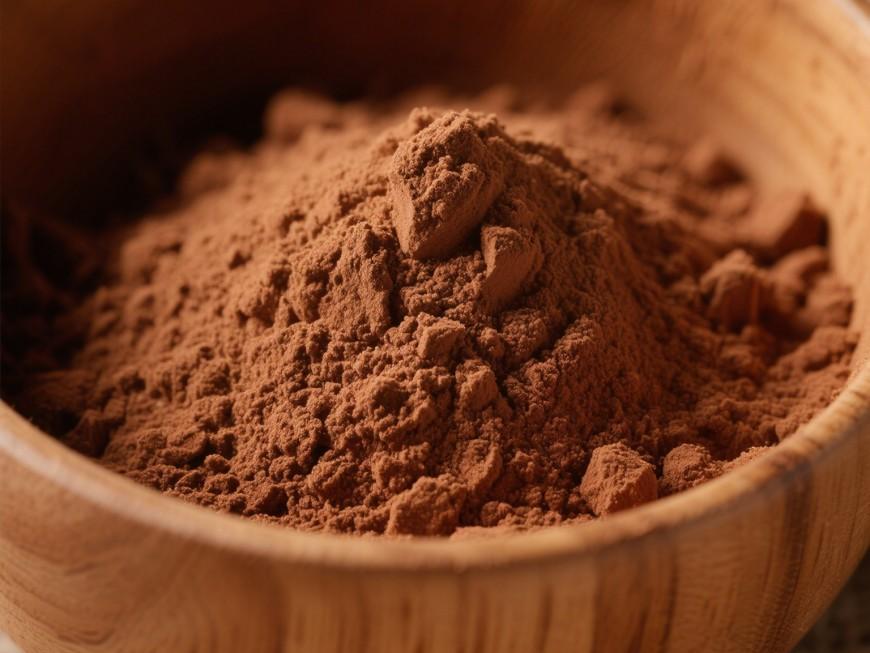Hops Extract Empowers Innovation in Food and Health Products
ホップ(humulus lupulus l 。)are an ancient and valuable medicinal plant. Since the 13th century, hops have been widely used in traditional herbal medicine alongside rosemary and yarrow. Today, with ongoing modern research, hop extracts are transcending traditional brewing boundaries due to their diverse bioactivities, emerging as premium natural ingredients for innovation in food and health products.
Green Spring Technology specializes in plant extraction, dedicated to unlocking the core value of hop extracts. Hailed as the “soul of beer” for imparting its distinctive bitterness and flavor, hops have also been proven to offer multiple benefits. These properties open new possibilities for functional foods, dietary supplements, natural preservation solutions, and women's health products.
Through advanced extraction technology and stringent quality control, we provide clients with stable, high-performance, and compliant hop extract ingredients, empowering businesses to develop safer, healthier, and market-aligned next-generation products.

1 Hop Extract: A Natural Treasure Trove of Active Compounds, Empowering Food and Health Product Innovation
Hops extracts contain hundreds of natural organic compounds. Their core active components—alpha acids, beta acids, polyphenols, and essential oils—not only define beer's distinctive flavor profile but also offer extensive applications in food, health, and functional products. Green Spring Technology specializes in supplying premium hops extracts, empowering businesses to develop more competitive natural and health-focused innovations.
Core Functional Components and Application Value:
1.1 α-Acids and β-Acids—Natural Bitterness and Antimicrobial Foundation
・α-Acids (including five isomers such as humulone) and their isomerized products provide natural bitterness and excellent antimicrobial properties. They can be widely used in natural preservation to replace chemical preservatives and extend food shelf life.
· β-Acids and their oxidation product humulone exhibit stronger bitterness and superior solubility. Synergizing with α-acids, they enhance product stability and flavor complexity, making them suitable for beverage, functional food, and dietary supplement development.
1.2 Hops Essential Oil—Flavor and Functionality Combined
· Dominated by terpenes like humulene, caryophyllene, and farnesene, it delivers a fresh, complex natural aroma while exhibiting calming and sedative physiological activity. Suitable for premium health beverages, sleep-aid products, and natural fragrances.
1.3 Polyphenolic Compounds—Antioxidant and Health-Enhancing
· Rich in polyphenols including flavonols, quercetin, and isoquercetin, hops exhibit exceptional antioxidant properties that enhance product stability while supporting overall health.
· Research indicates that components like kaempferol positively impact women's health and have demonstrated potential physiological activity in in vitro studies, making them premium natural ingredients for functional foods, women's health supplements, and anti-aging products.
Green Spring Technology: Core Ingredient Support for Innovation:
We offer high-purity hop extracts in various specifications (including α-acid, β-acid, essential oil, and polyphenol extracts). Custom formulations and application solutions tailored to your product needs are available, with broad applications across these sectors:
· Food & Beverage: Natural preservation, bitterness enhancement, flavor improvement
· Health Products: Functional formulations for antioxidant support, sleep aid, women's health, and digestive support
· Personal Care: Natural aromatics and functional skincare applications
Partner with Green Spring Technology to unlock the boundless potential of hop extracts, infusing your next innovative product with natural, healthy, and effective ingredient value.
2 A New Choice in Natural Functional Ingredients: Green Spring Technology Hop Extracts Deliver Multi-Active Value for Health Products
Rooted in ancient medicinal traditions and modern pharmacological research, hop extracts have become an ideal natural ingredient for innovation in foods, health supplements, and functional beverages.
Green Spring Technology consistently delivers high-purity hop extracts in diverse specifications. This empowers businesses to develop next-generation products addressing functional needs such as antimicrobial activity, antioxidant properties, digestive support, sleep enhancement, and women&#健康39;s。
2.1 Natural Antimicrobial Preservation, Replacing Chemical Additives
Components like humulone and lupulone in hop extracts significantly inhibit various Gram-positive bacteria and fungi. Suitable for natural preservative foods, oral care products, and topical anti-inflammatory formulations, they help achieve clean labels, meeting consumer demands for safety and natural ingredients.
2.2 Antioxidant Properties for Product Stability and Freshness
Rich in antioxidants like xanthones and polyphenols, hop extracts effectively delay lipid and food oxidation, preserving product flavor and color. They enhance stability and functional value in health oils, nutritional supplements, sports nutrition, and premium beverages.
2.3 Calming and Sleep Support, Aligning with Emotional Wellness Trends
Traditionally used for calming the mind and improving sleep, hop extract's active components synergize with botanicals like valerian and passionflower. It finds application in sleep gummies, bedtime beverages, and mood-regulating supplements, meeting growing demand in the wellness sector.
2.4 Women's Health: A New Niche Market Focus
The isoprenoid flavonoids in hop extracts exhibit estrogen-like activity, aiding in alleviating menopausal discomfort and supporting bone health. This provides a natural ingredient option for developing women's functional foods, beverages, and dietary supplements.

3 Hop Extracts—Unlocking a Natural Future for Health Food Innovation
Historically, hops' core value resided in beer brewing. Today, as research into natural plant bioactive compounds deepens, their diverse biological functions are gaining significant global attention from both academia and industry. Green Spring Technology, grounded in the deep development and innovative application of hop extracts, actively propels this ancient plant from its role as the “soul of brewing” toward a new era as a “health ingredient.”
Currently, active components in hops—such as polyphenols, flavonoids, humulone, and lupulone—have been proven to possess multiple physiological activities including antibacterial, anti-inflammatory, antioxidant, sedative, and hormone-regulating effects. These compounds find broad applications in functional foods, dietary supplements, natural preservative solutions, and women's health products. Through modern extraction and purification techniques, Green Spring Technology maximizes the preservation of these active values, providing customers with stable, high-efficiency, and customizable raw material support.
4 What Can Green Spring Technology's Hops Extract Offer You?
Green Spring Technology is committed to supplying customers with high-quality, multifunctional hop extract raw materials. We not only uphold the long-standing tradition of this natural plant but also leverage modern technology to achieve standardized and multifunctional product applications. Our core strengths are reflected in the following aspects:
4.1 High Purity and High Active Ingredients, Ensuring Product Efficacy
· Utilizing advanced processes such as low-temperature extraction and chromatographic separation, we precisely preserve active substances in hops including α-acids, β-acids, xanthurenic acid, polyphenols, and essential oils, ensuring high purity of active ingredients and strong batch consistency.
· Our product portfolio includes standardized bitter acid (α-acid/β-acid) extracts, xanthone concentrates, and debittered hop essential oils, catering to diverse functional and regulatory requirements across applications.
4.2 Rigorous End-to-End Quality Control with Traceability
· Implementing a fully traceable quality management system from hop cultivation and harvesting through extraction and production to finished goods release, ensuring zero pesticide residues, heavy metal contamination, or microbial overgrowth.
· Products comply with regulations from China, the U.S. FDA, the European EFSA, and other jurisdictions, holding ISO and HACCP certifications to support export and premium market applications.

4.3 Multi-faceted Bioactivity for Diverse Product Innovation
Our hop extracts possess the following validated bioactivities, enabling broad application in wellness products:
· Natural antimicrobial preservation: Significantly inhibits Gram-positive bacteria and common spoilage microorganisms, suitable for natural preservation in meat products, baked goods, condiments, etc., replacing chemical preservatives.
· Antioxidant Quality Preservation: Effectively scavenges free radicals, delays lipid and food oxidation, suitable for functional oils, healthy snacks, beverages, etc., enhancing stability and shelf life.
· Digestive & Emotional Health: Promotes digestive fluid secretion, relaxes smooth muscles, improves gastrointestinal function; also exhibits calming and sleep-promoting properties, applicable to digestive aids and sleep management products.
· Women's Health Support: Contains natural phytoestrogen-like compounds suitable for health foods and innovative beverages that alleviate menopausal discomfort and regulate endocrine function.
4.4 Flexible Applications with Customized Solutions
· We provide tailored formulations and process recommendations based on specific product requirements (e.g., solvent compatibility, pH stability, flavor masking), including dosage form design (powder, liquid, oil-soluble) and compounding technical support.
· We have successfully assisted companies in applying hop extracts across multiple sectors including baked goods, functional beverages, dietary supplements, oral care products, and pet foods.
4.5 Technical Support and Continuous Innovation
· Green Spring Technology maintains a dedicated application R&D team offering end-to-end services—from ingredient analysis and efficacy validation to market access—to help clients efficiently complete product development and launch.
· We continuously explore new applications for hop active ingredients through collaborations with multiple research institutions, ensuring our product solutions remain at the industry forefront.
Partner with Green Spring to create the next generation of natural health products! Whether you're in concept design, sample development, or large-scale production, Green Spring Technology stands ready as your reliable ingredient partner. Contact us for samples, technical documentation, and customized solutions!
Tel: +86 29 88313578
Mob: +86 13649243917
WhatsApp: +86 13649243917
Email: helen@greenspringbio.com
Web: https://www.greenspringnatural.com/
参照:
[1] Xieチェ・ジョンマン。全国漢方薬集:1 [m]。北京:People&#『寛政重修諸家譜』寛政重修諸家譜、寛政重修諸家譜、1977年。
[2] verzelem, de keukeleire d .ホップとビターの化学と分析[m]。^ elsevier science publishers bv, 1991: 1-3。
【3】ルートヴィヒNalkaise。 ビール麦汁調製技術[m]。 孫明 トランス。^「china light industry press, 1991」(英語). china light industry press . 2018年10月18日閲覧。
[4] benitez j l, forster a, keukeleire d .ホップとホップ製品,manual ofgood practice[m]。アムステルダム、オランダ:ebc and verlagハンス・カール、1997年。
[5] newall ca . herbal medicines: a guide for health care professionals [m]。^『官報』第162号、大正6年、162-163頁。
[6] shipp e b, mehigh c s, helferich w g . colupuloneの効果(ホップ β-acid)肝シトクロムP-450ラットが酵素活動か[J]もらっているところです食品化学は1994年、32 .弱または1007-1014
[7]安川k、竹内m、瀧戸m .フムロン(ホップの苦味)は、マウス皮膚における二段階発がんにおいて、12- o-テトラデカノイルホルボール13-アセテートによる腫瘍の促進を阻害する[j]。^ a b c d e f g h i(1995)、156-158頁。
[8] 小野m, kakudo y, yamamoto y, et al。ホップ苦味成分の定量分析とホップ評価への応用[j]。遠くまで来- ^ a b c d e f g h『日本建築史』日本建築学会、1984年、42 - 167頁。
[9] lewis m j, young t w . brewing [m]。london: chapman and hall, 1996: 120-146。
[10] ian s h . brewing [m]。^「london: the royal society of chemistry, 1999」(英語). london: the royal society of chemistry . 2013年8月29日閲覧。
-
Prev
Extending Shelf Life: Hops Extract as a Natural Preservative Ingredient
-
次
Lemon Balm Extract: A Modern Health Ingredient Rooted in Ancient Wisdom


 英語
英語 フランス
フランス スペイン
スペイン ロシア
ロシア 韓国
韓国 日本
日本




